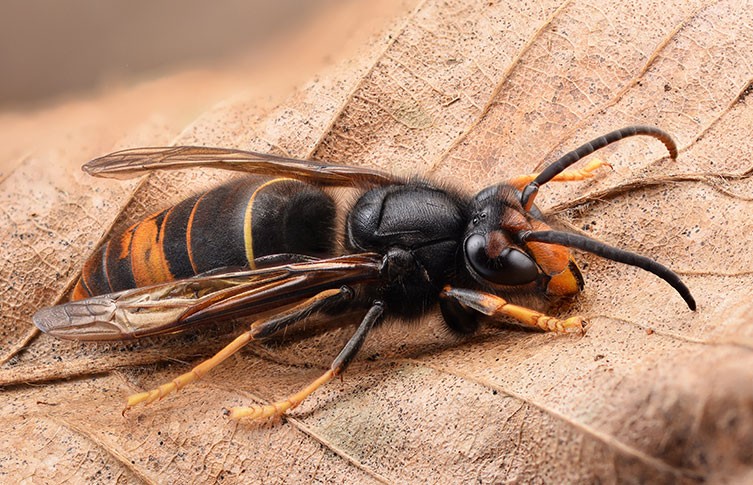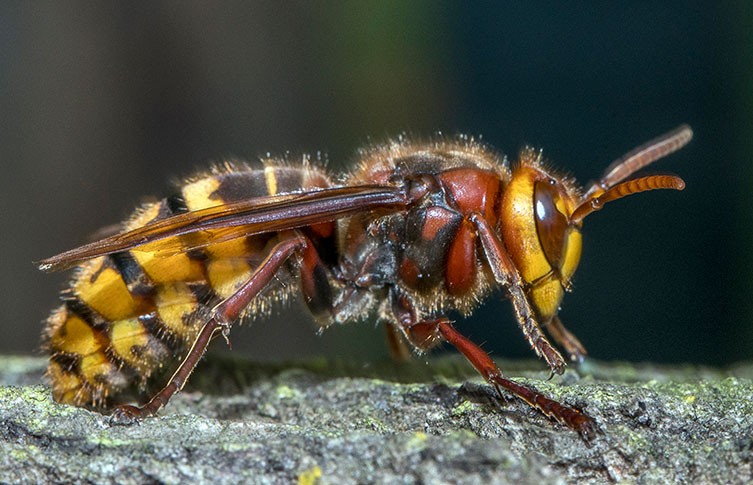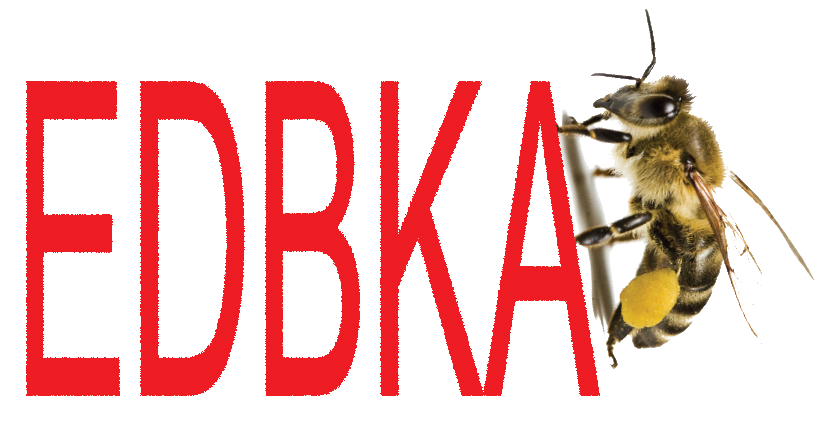Asian hornets were inadvertently introduced to France in 2004 and since then have spread to other European countries. Whilst there have been relatively few sightings in the UK, numbers are rapidly increasing in Jersey and mainland Europe where they are having a significant impact on honey bees and other pollinators.
The Asian hornet is a highly aggressive predator of native insects. It poses a significant threat to honey bees and other pollinators. At the moment you are more likely to see our native European hornet but there has been a small number of Asian hornets spotted in the UK. Locations have included inside a cauliflower, on the cross channel ferry and in a shed.
Sightings of the Asian hornet should be reported through the Asian Hornet Watch app, through an online form or emailed to the Non-Native Species Secretariat with a photograph and location details.
BBKA Asian Hornet Identification
Non Native Species Asian Hornet Identification
Asian hornets ambush worker honeybees as they enter and exit their hive. This behaviour is sometimes referred to as ‘hawking’. The video below was taken by one of our members while holidaying in France. The bees are refusing to leave the hive entrance while the Asian hornet is present.
Asian hornet (Vespa velutina)
- Smaller than native hornets
- Orange head (from front)
- Abdomen almost entirely dark, with fine yellow stripes and a yellow or orange 4th segment near the base
- Black or brown thorax
- Legs with yellow tips

European hornet (Vespa crabro)
- Larger than Asian hornets
- Head yellow from front and red from above
- Abdomen mostly pale yellow with black stripes
- Thorax and legs black/ reddish brown

The European hornet (Vespa crabro) © Jerzy Strzelecki via Wikimedia Commons (CC BY-SA 3.0)

